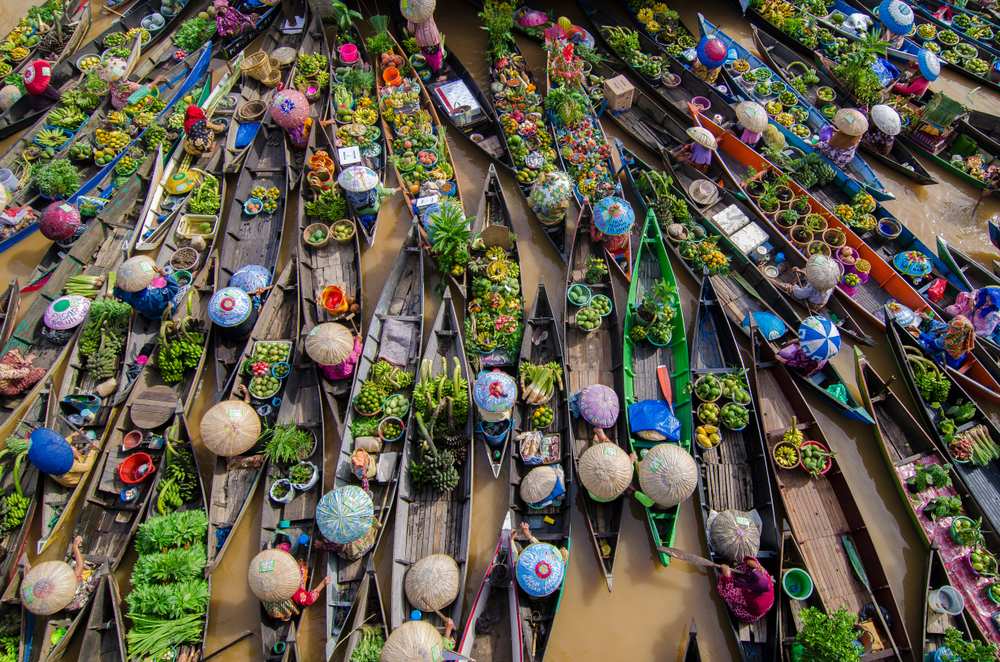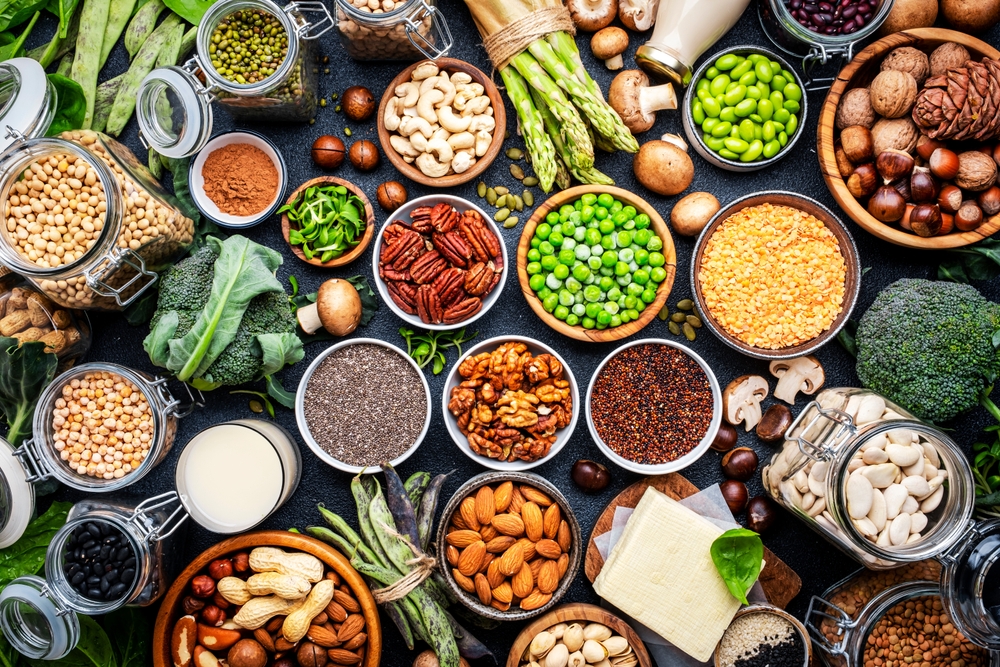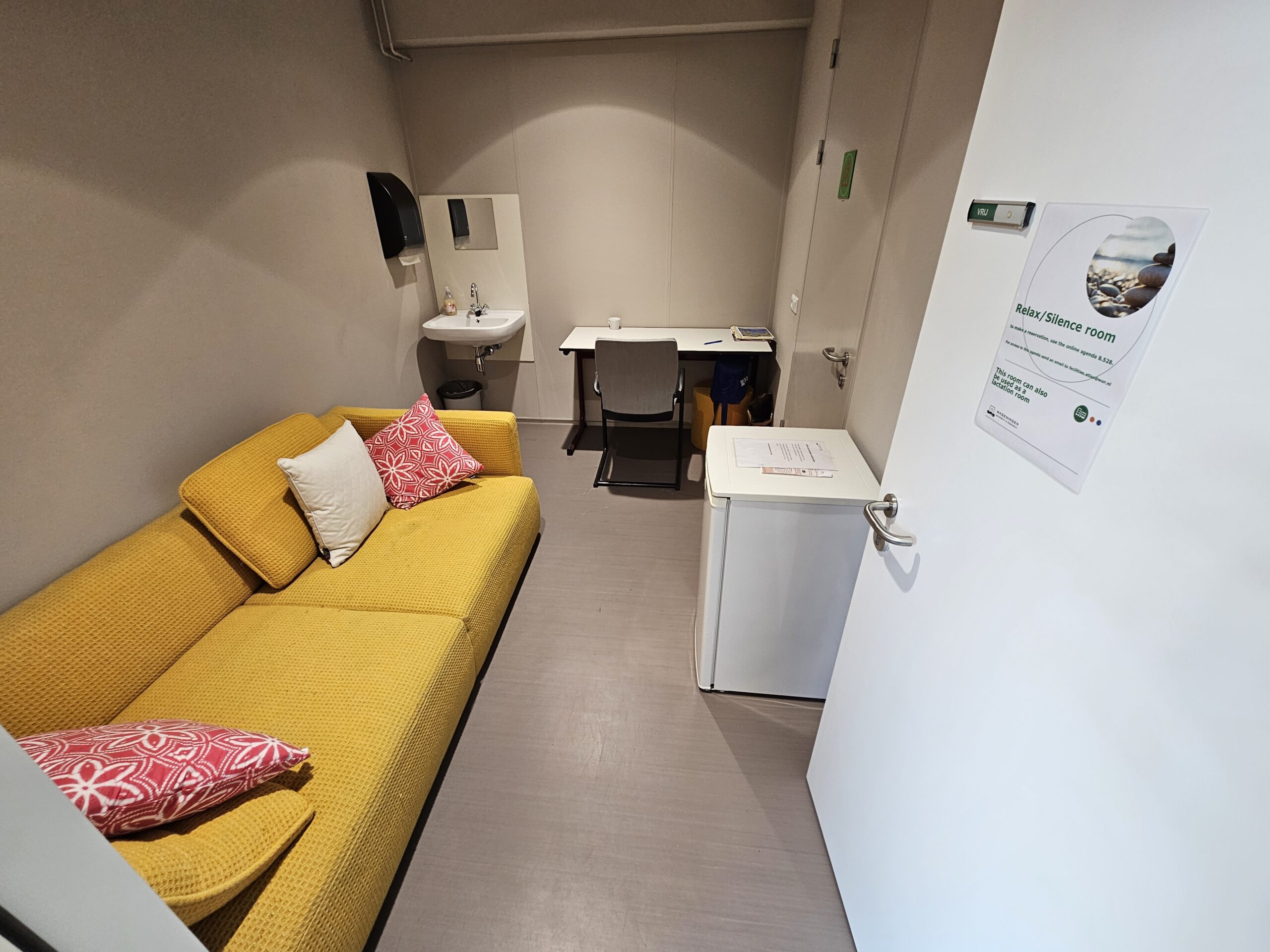The United Nations’ Sustainable Development Goal 12.3 is to halve food waste by 2030. In low- and middle-income countries, the biggest food losses occur between harvest and consumption. WUR researchers have compiled a variety of solutions in a book.
About 1.3 billion tons of food is lost worldwide every year. High-income countries waste the most food at the consumption stage. In low- and middle-income countries the biggest losses occur between production and consumption, during harvest, storage or transport. This category of food loss is relatively underrepresented in scientific research, says Sanne Stroosnijder, a researcher at Wageningen Food and Biobased Research. She is Food Loss and Waste Prevention programme manager and one of the people behind the book A journey into the world’s food systems in search of losses, waste and ways to solve them. The book was presented at the WIFI event (Wageningen Integration For Impact) in Omnia on 13 June.
Compilation
‘A lot of Wageningen scientists are researching food waste and food loss, but often from the perspective of different disciplines that are not always related,’ says Sanne Stroosnijder. ‘The book brings them together.’ In the runup to publication, the 20 authors and other researchers have come together to share their expertise and findings. ‘Food & Biobased Research and Environmental Research have been exchanging knowledge on databases, for example, and other researchers are now collaborating on the adoption and adaptation of innovations. Some focus on the technical issues while the social scientists know more about managing stakeholders.’
Informal businesses
Much food waste in low- and middle-income countries happens between the farm and the seller, during trading, transport, storage and processing. These stages often involve small, informal businesses that are not registered or monitored anywhere. This makes it difficult to reach them with existing (formal) legislation and guidelines. The informal economy accounts for 25 to 40 per cent of the gross national product in such countries. These businesses can play a key role in reducing losses, but that calls for a new approach and a recognition of their interests, according to the authors.
Global network
Stroosnijder sees an important role for embassies in sharing WUR knowledge and expertise. ‘There is a global network of agricultural attachés at Dutch embassies, who disseminate our knowledge and establish contacts with relevant local partners in low- and middle-income countries.’ Stroosnijder discussed this with the agricultural attachés last week at the annual meeting of the Agricultural Atlas Network at the Floriade international horticulture exhibition in Almere.

 The floating market in Banjarmasin, Indonesia. Photo Shutterstock
The floating market in Banjarmasin, Indonesia. Photo Shutterstock 

